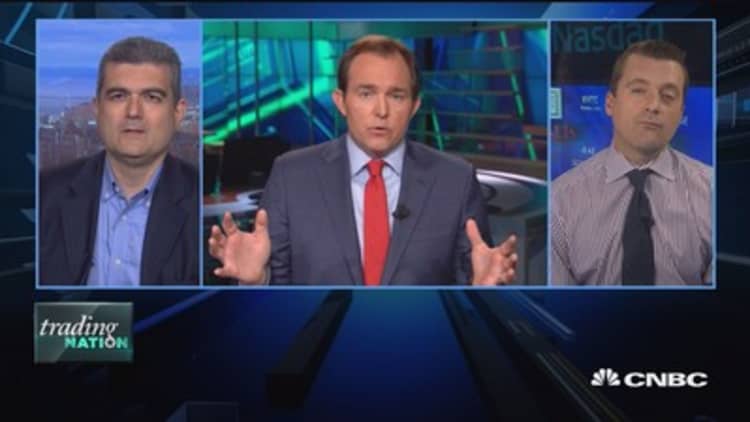
It is often said that the house always wins. But the earnings reported this week by Las Vegas Sands contained a bit of a surprise: It turns out that the house isn't winning quite as much as it used to.
In Las Vegas, the company saw its casinos' table game win rate fall to 16.9 percent for the third quarter, from 24.1 percent in the third quarter of 2014. This happened even as table game revenue (known in the casino business as the "drop" since it reflects the amount dropped down the slot on gaming tables) fell 4 percent.
Translation: Less money is being gambled, and less of that money gambled is being lost.
"It does seem weird," commented analyst Chad Beynon, who covers casino stocks at Macquarie. "The only thing it could be is more conservative play by customers."
Given the way gambling math works, the win rate slide could be an ancillary consequence of people spending less time at the tables, Beynon said.
For instance, the average game has a house edge of 3 percent, which is the amount a reasonably competent gambler should expect to lose on a single given bet. If Joe Gambler plops down $100 on the table, and places one $100 bet, the casino should expect to make, on average, $3. If Joe Gambler instead bets $1 100 times, the casino should expect to make 3 cents 100 times — or, again, $3 in total.
What happens after that $100 is played through once, now that the perfectly average Joe is left with $97? If Joe walks away right then, the house will log a win rate of 3 percent on that $100 that went down the "drop." But if he stays to play through his remaining money another time, the casino will increase its edge to 6 percent. (Well, actually to 5.9 percent given that the 3 percent is being taken out of a shrinking pie, but you get the point.)
A win rate of 24 percent consequently represents a situation in which the average bettor played through his money eight or nine times. Contrast that to this year's third-quarter win rate, which "would indicate that they walked away after five to six times," writes Beynon.
All in all, the fall winning percentage could thus be yet another indication that people are gambling less — meaning the Sands' Vegas gaming business is even worse than the top-line numbers suggest.
This is potentially "beyond just a spell of bad luck," agreed Union Gaming analyst Chris Jones. "You could make the assumption that lower visitation along with lower wagering and a change in mix [in terms of the games people are playing] are all contributing factors."
Wynn Resorts also saw a drop in Vegas win percentage — to 23.7 percent in the third quarter from 25.7 percent in the prior Q3 — although it came alongside a far sharper drop in revenue than Sands suffered.
Of course, for both companies, the real story is in Macau, where most of their earnings are generated. But with Macau numbers falling dramatically thanks to a Chinese government crackdown, Vegas operations are taking on greater relative importance for the multinational casino names.






